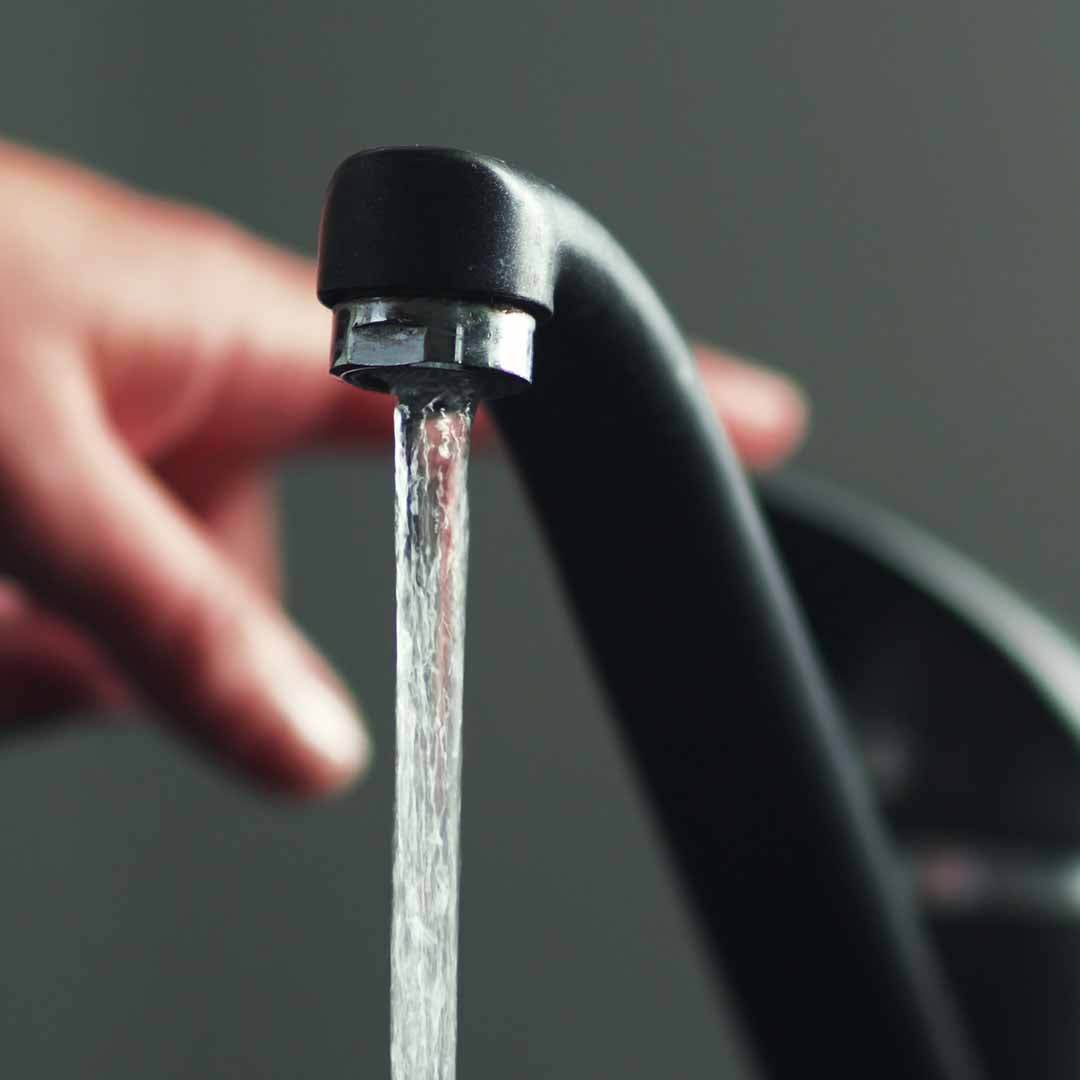
Sustainable Water Usage: How to Conserve and Make the Most of Your Tap
Sustainable Water Usage: How to Conserve and Make the Most of Your Tap Water
Introduction:
Water is a precious resource that sustains life on Earth, and with growing population and increasing demands, it is essential to adopt sustainable practices to ensure its availability for future generations. Sustainable water usage begins at home, and one of the primary sources of water consumption in households is through taps. In this blog, we will explore the significance of conserving tap water and discuss practical strategies to make the most of this invaluable resource, contributing to a greener and more sustainable future.
1. Understanding the Importance of Water Conservation:
-
Global Water Scarcity: Water scarcity affects millions worldwide, and adopting water conservation practices helps alleviate this issue by reducing overall demand.
-
Preserving Ecosystems: Conserving water in our homes contributes to preserving aquatic ecosystems and their biodiversity, which are vital for the health of our planet.
-
Reducing Energy Consumption: Water treatment and distribution require energy, so conserving water also indirectly reduces our carbon footprint.
2. Identifying and Fixing Leaks:
-
The Silent Culprit: Leaks in taps and pipes can lead to substantial water wastage over time. Identifying and promptly fixing leaks is essential to avoid unnecessary consumption.
-
Regular Maintenance: Regularly check for leaks in all your taps and plumbing fixtures to ensure they are in good working condition.
3. Water-Saving Tap Techniques:
-
Aerators: Install aerators on taps to mix air with water, reducing flow while maintaining sufficient pressure, and conserving water without compromising performance.
-
Low-Flow Taps: Replace conventional taps with low-flow alternatives that are designed to reduce water consumption while still providing adequate functionality.
-
Sensor-Activated Taps: Sensor taps are equipped with motion sensors that activate water flow only when needed, preventing accidental wastage and promoting hygiene.
4. Responsible Water Usage Habits:
-
Turn Off the Tap: Encourage family members to turn off the tap while brushing teeth, washing hands, or lathering during showers.
-
Opt for Showers: Showers generally use less water than baths, so opt for quick showers when possible.
-
Reuse Water: Collect and reuse graywater (water from baths, laundry, or dishwashing) for tasks like watering plants or cleaning.
5. Harvesting Rainwater:
-
Rainwater Collection Systems: Consider installing rainwater harvesting systems to capture and store rainwater for non-potable uses like watering plants and cleaning.
-
Sustainable Gardening: Use collected rainwater to maintain a sustainable garden, reducing the need for freshwater irrigation.
Conclusion:
Sustainable water usage is a collective responsibility that starts at home. By understanding the importance of water conservation, identifying and fixing leaks, adopting water-saving tap techniques, practicing responsible water usage habits, and exploring rainwater harvesting, we can significantly contribute to a greener and more sustainable future. Each drop of water we conserve today is an investment in the well-being of our planet and the generations to come. Let's take proactive steps to conserve and make the most of our tap water, ensuring a thriving and sustainable world for all.
